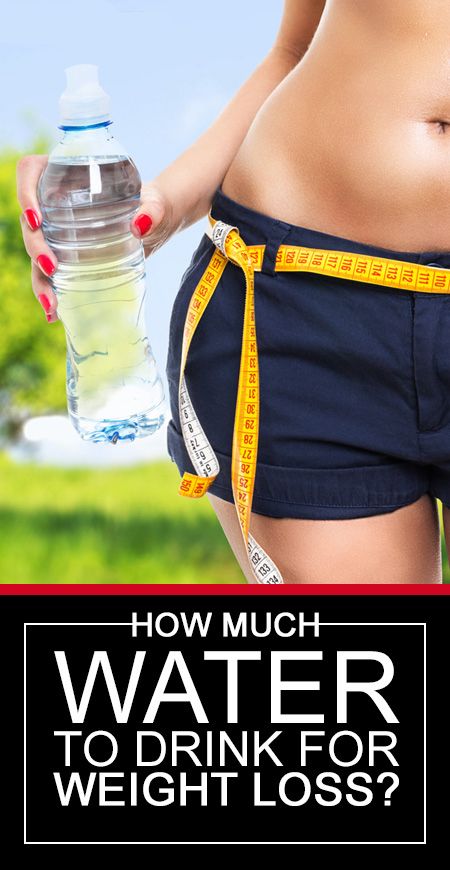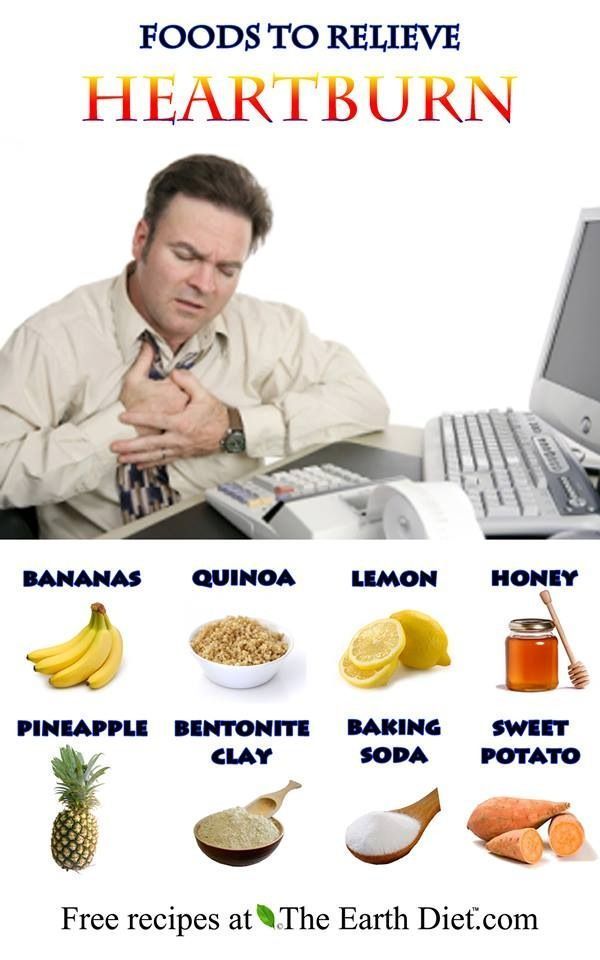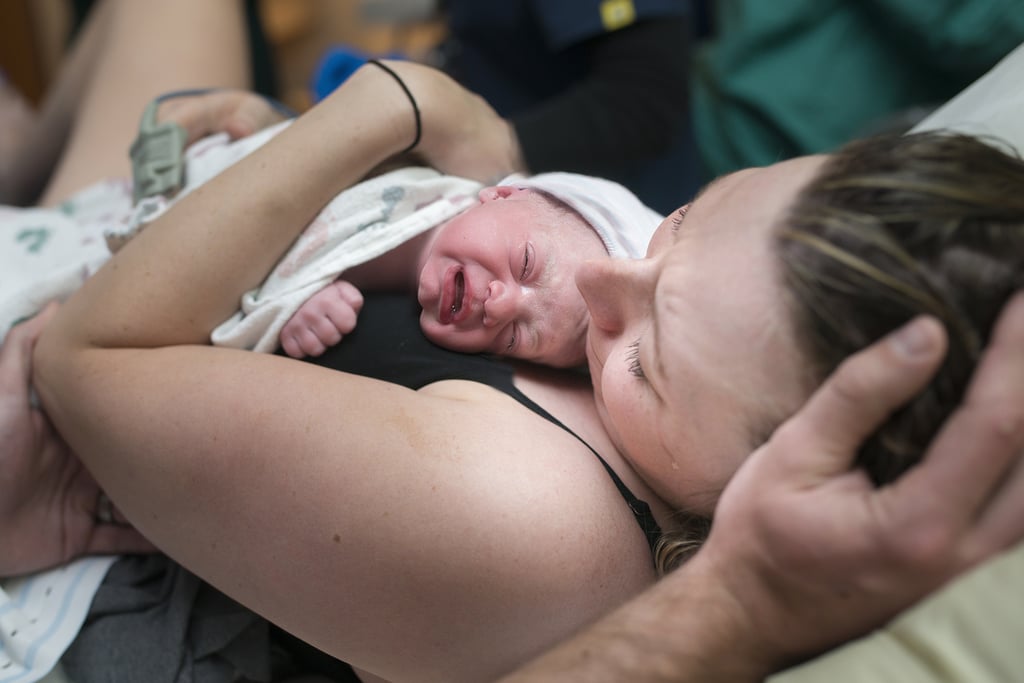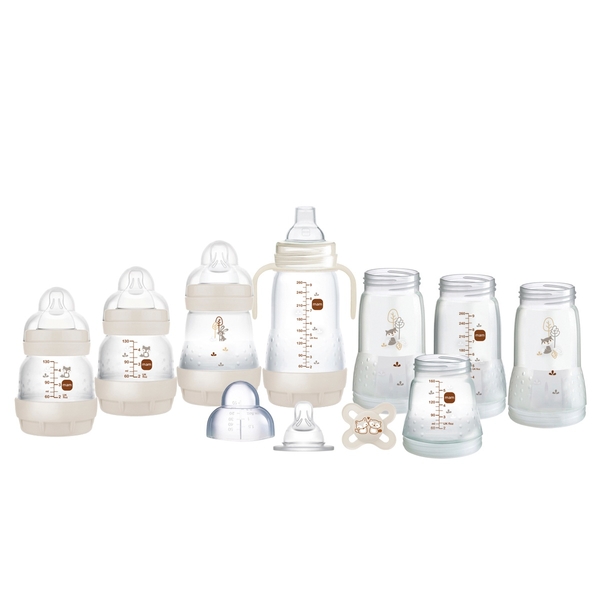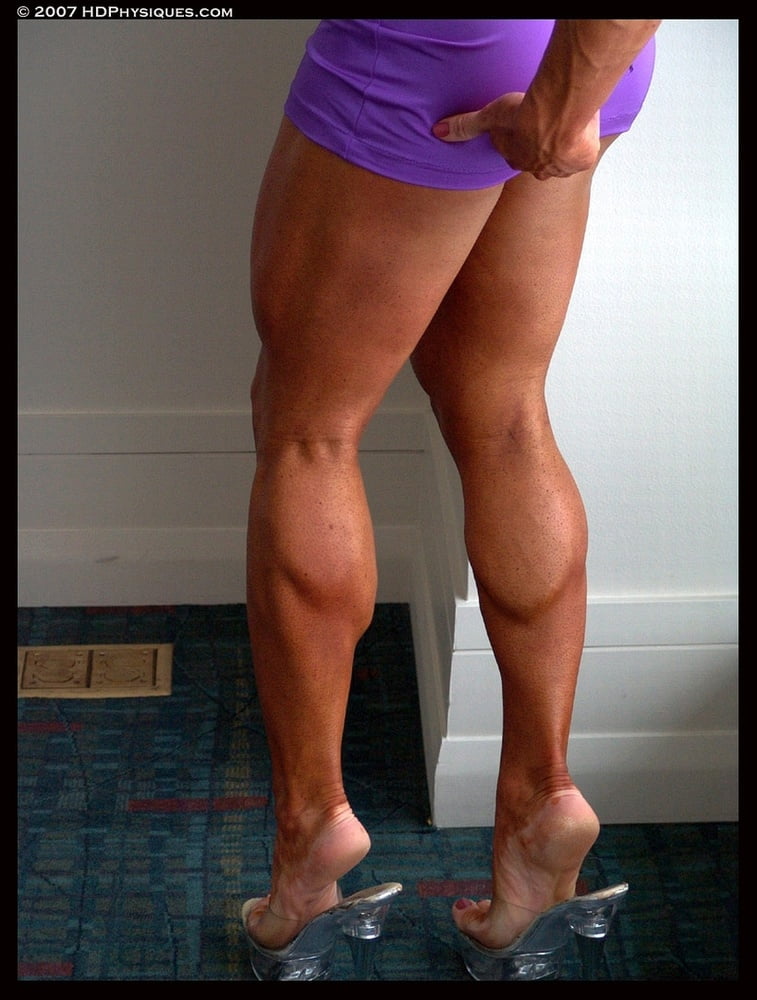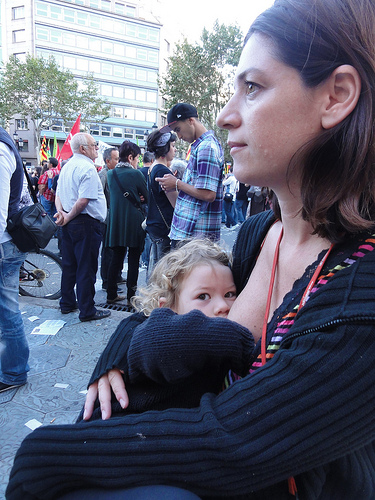Throwing up and fever in children
Vomiting in children and babies
It's normal for babies and children to vomit occasionally. In most cases, it will last no longer than one to two days and isn't a sign of anything serious.
The most common cause of vomiting in children and babies is gastroenteritis. This is an infection of the gut usually caused by a virus or bacteria, which also causes diarrhoea. The symptoms can be unpleasant but your child will usually start to feel better after a few days.
However, persistent vomiting can sometimes cause your child to become severely dehydrated and occasionally it can be a sign of something more serious, such as meningitis.
This page outlines what to do if your child keeps vomiting and describes some of the common causes of vomiting in children and babies.
If your child has a high temperature, you can also read a separate page about fever in children.
What to do
If your child vomits, you should keep a close eye on them. Trust your instincts and contact your GP immediately if you're worried.
If the cause is just a tummy bug, your child should still be feeling well enough to eat, play and be their usual self. In this case, keep feeding them as normal and offer them regular drinks (see below).
But if they don't seem themself – for example, if they're floppy, irritable or less responsive – they may be seriously ill, so you should get medical help immediately.
When to get medical advice
You should contact your GP if:
- your child is repeatedly vomiting and is unable to hold down fluids
- you think they're dehydrated – symptoms of dehydration can include a dry mouth, crying without producing tears, urinating less or not wetting many nappies, and drowsiness
- their vomit is green or contains blood
- they have been vomiting for more than a day or two
Go to your nearest accident and emergency (A&E) department if your child is vomiting and develops sudden and severe tummy pain, or they're floppy, irritable or less responsive
Call 999 for an ambulance or go to your nearest A&E department immediately if they're vomiting and have a headache, stiff neck and a rash.
Looking after your child at home
In most cases, you can treat your child safely at home. The most important thing you can do is make sure they keep drinking fluids to prevent dehydration.
If your baby is vomiting, carry on breastfeeding or giving them milk feeds. If they seem dehydrated, they will need extra fluids. Ask your GP or pharmacist whether you should give your baby oral rehydration solution.
Oral rehydration solution is a special powder that you make into a drink. It contains sugar and salts to help replace the water and salts lost through vomiting and diarrhoea.
Children who are vomiting should keep taking small sips of clear fluid, such as water or clear broth. Fruit juice and fizzy drinks should be avoided until they're feeling better. If they're not dehydrated and haven't lost their appetite, it's fine for your child to eat solid foods as normal.
Again, speak to your GP or pharmacist if you're concerned about dehydration. They may recommend an oral rehydration solution for your child. Contact your GP or practice nurse if your child is unable to hold down oral rehydration solution.
Contact your GP or practice nurse if your child is unable to hold down oral rehydration solution.
If your child has diarrhoea and is vomiting, they shouldn't go to school or any other childcare facility until 48 hours after the last episode of diarrhoea or vomiting.
Read more about treating gastroenteritis in children.
Causes of vomiting in children
There are a number of possible causes of vomiting in children, which are described below.
Gastroenteritis
Gastroenteritis is an infection of the gut. It's a common cause of vomiting in children and usually lasts a few days.
Food allergy
Food allergies can cause vomiting in children, as well as other symptoms, such as a raised, red, itchy skin rash (urticaria) and swelling of the face, around the eyes, lips, tongue or the roof of the mouth.
Watch out for foods that may bring on vomiting and see your GP for a diagnosis if you think your child may have a food allergy.
Other infections
Vomiting can sometimes be a sign of an infection other than gastroenteritis, such as urinary tract infections (UTIs), middle ear infections, pneumonia or meningitis.
Contact your child's GP if they're vomiting and experiencing additional symptoms of an infection, such as a high temperature (fever) and irritability.
Appendicitis
Appendicitis is a painful swelling of the appendix, a finger-like pouch connected to the large intestine. It causes severe tummy pain that gets worse over time.
If your child has tummy pain that's gradually getting worse, contact your GP, or if they aren't open call NHS 24's 111 service immediately. You should call 999 for an ambulance if they have pain that gets worse quickly and spreads across their tummy.
In most cases of appendicitis, the appendix will need to be surgically removed as soon as possible.
Poison
Accidentally swallowing something poisonous can cause your child to vomit. If you think this is the case, contact your GP immediately or take your child to your nearest accident and emergency (A&E) department.
Causes of vomiting in babies
These include:
- gastroenteritis
- a food allergy or milk intolerance
- gastro-oesophageal reflux – where stomach contents escape back up the gullet
- too big a hole in the bottle teat, which causes your baby to swallow too much milk
- accidentally swallowing something poisonous
- congenital pyloric stenosis – a condition present at birth where the passage from the stomach to the bowel has narrowed, so food is unable to pass through easily; this causes projectile vomiting
- a strangulated hernia – your baby will vomit frequently and cry as if they are in a lot of pain; this should be treated as a medical emergency
- intussusception (where the bowel telescopes in on itself) – as well as vomiting, your baby may look pale, floppy and have symptoms of dehydration
Nausea or vomiting in children
Nausea or vomiting in children
Find possible causes of nausea or vomiting in children based on specific factors.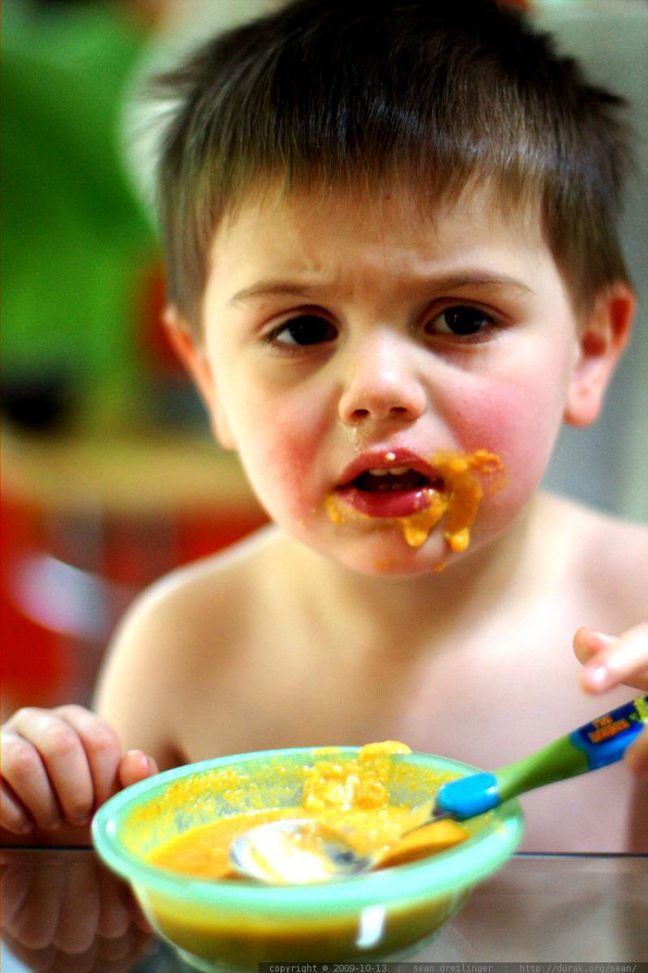 Check one or more factors on this page that apply to your child's symptom.
Check one or more factors on this page that apply to your child's symptom.
- Eating certain foods
- Travel or motion
- Intermittent or episodic
- Recent (hours to days)
- Sudden (minutes to hours)
- Within the first two months of life
- Abdominal bloating or swelling
- Abdominal pain, discomfort or cramps
- Abdominal pain that's severe and progressive
- Constipation
- Cough
- Diarrhea
- Dizziness
- Failure to thrive or gain weight (infant)
- Fever
- Fussiness or irritability
- Hives or rash
- Swelling or tingling of lips, face and tongue
- Wet burps or spit up
- Wheezing
- Walls RM, et al.
 , eds. Rosen's Emergency Medicine: Concepts and Clinical Practice. 9th ed. Philadelphia, Pa.: Elsevier; 2018. https://www.clinicalkey.com. Accessed Oct. 30, 2017.
, eds. Rosen's Emergency Medicine: Concepts and Clinical Practice. 9th ed. Philadelphia, Pa.: Elsevier; 2018. https://www.clinicalkey.com. Accessed Oct. 30, 2017. - Palmer J, et al. Abdominal pain mimics. Emergency Medicine Clinics of North America. 2016;34:409.
- UpToDate. https://www.uptodate.com/contents/search. Accessed Oct. 30, 2017.
- Zeiter D. Abdominal pain in children. Pediatric Clinics of North America. 2017;64:525.
- Palmer J, et al. Abdominal pain mimics. Emergency Medicine Clinics of North America. 2016;34:409.
- Feldman M, et al. Sleisenger and Fordtran's Gastrointestinal and Liver Disease: Pathophysiology, Diagnosis, Management. 10th ed. Philadelphia, Pa.: Saunders Elsevier; 2016. https://www.clinicalkey.com. Accessed Oct. 30, 2017.
- Merck Manual Professional Version. https://www.merckmanuals.com/professional. Accessed Oct. 30, 2017.
- AskMayoExpert. Rochester, Minn.: Mayo Foundation for Medical Education and Research; 2017.

- Kliegman RM, et al. Nelson Textbook of Pediatrics. 20th ed. Philadelphia, Pa.: Elsevier; 2016. https://www.clinicalkey.com. Accessed Nov. 2, 2017.
- Zitelli BJ, et al., eds. Zitelli and Davis' Atlas of Pediatric Physical Diagnosis. Philadelphia, Pa.: Elsevier; 2017. https://www.clinicalkey.com. Accessed Nov. 11, 2017.
- Ferri FF. Ferri's Clinical Advisor 2018. Philadelphia, Pa.: Elsevier; 2018. https://www.clinicalkey.com. Accessed Nov. 11, 2017.
- Muncie HL, et al. Dizziness: Approach to evaluation and management. American Family Physician. 2017;95:154.
- American College of Emergency Physicians. https://www.acep.org. Accessed Nov. 11, 2017.
- U.S. Food and Drug Administration. http://www.fda.gov. Accessed Nov. 11, 2017.
- Schmitt BD. Fever. In: Pediatric Telephone Protocols: Office Version 15th ed. Elk Grove Village, Ill.: American Academy of Pediatrics; 2015.
- Mannenbach MS (expert opinion). Mayo Clinic, Rochester, Minn.
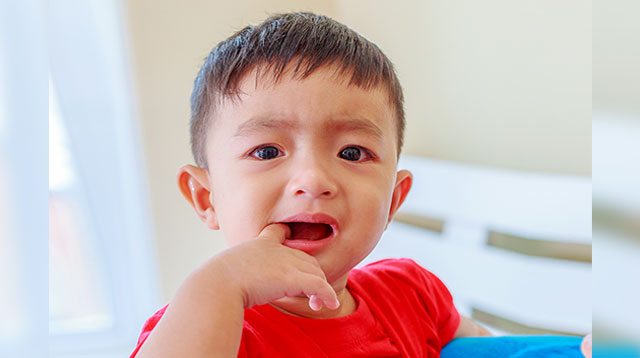 June 14, 2017.
June 14, 2017. - Goyal DG (expert opinion). Mayo Clinic, Rochester, Minn. June 14, 2017.
- Hoecker JL (expert opinion). Mayo Clinic, Rochester, Minn. Aug. 28, 2017.
- American Academy of Orthopaedic Surgeons. https://orthoinfo.aaos.org. Accessed Nov. 20, 2017.
- Petty RE, et al., eds. Textbook of Pediatric Rheumatology. 7th ed. Philadelphia, Pa.: Elsevier; 2016. https://www.clinicalkey.com. Accessed Nov. 20, 2017.
- Elsevier Point of Care. https://www.clinicalkey.com. Accessed Nov. 20, 2017.
- Kasper DL, et al., eds. Harrison's Principles of Internal Medicine. 19th ed. New York, N.Y.: McGraw-Hill Education; 2015. http://accessmedicine.mhmedical.com. Accessed Nov. 20, 2017.
- Wein AJ, et al., eds. Campbell-Walsh Urology. 11th ed. Philadelphia, Pa.: Elsevier; 2016. https://www.clinicalkey.com.. Accessed Dec. 2, 2017.
- National Eye Institute. https://nei.nih.gov. Accessed Dec. 5, 2017.
- Wilkinson JM (expert opinion).
 Mayo Clinic, Rochester, Minn. Nov. 8, 2017.
Mayo Clinic, Rochester, Minn. Nov. 8, 2017.
Child has diarrhea and vomiting: how to recognize an infection
Almost 800,000 cases of intestinal infections are registered in Russia every year, up to 80% of them in children: only influenza and SARS are more common. Vomiting, diarrhea, weakness and fever are the main signs. Often the symptoms are similar to food poisoning - we tell you how to understand that the child did not just "ate something wrong."
What is it and how often does it happen
An intestinal infection is a disease that develops when viruses or bacteria enter the body and is manifested by diarrhea, vomiting, fever, weakness, and dehydration.
According to WHO data for 2018, rotavirus infection accounted for 60% of cases of severe diarrhea in children under 5 years of age, and most of them were under one year old. When the first symptoms appear in young children, it is necessary to seek medical help - so far in the world, especially in developing countries, up to 200 thousand children die from rotavirus infection every year.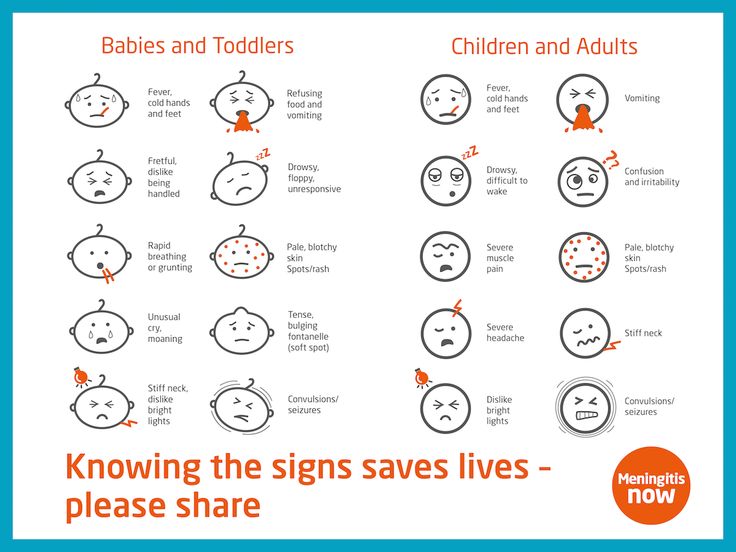
How and when you can get infected
Sources of rotavirus infection can be a sick child or an asymptomatic carrier. The virus is excreted from the body with a stool and with dirty hands gets on household items, clothes and food.
Doctors often refer to rotavirus as the “dirty hand” disease.
A healthy child can introduce the virus into the body by first touching things, and then to the face, as well as by eating unwashed vegetables and fruits.
Outbreaks of rotavirus usually occur in winter, early spring or late autumn, because at low temperatures the viruses survive longer in the external environment. In summer, food poisoning occurs more often - the reason for them, as a rule, is bacterial contamination of food, and bacteria multiply better in the hot season.
What happens when a virus enters the body
With food or saliva - if a child licks dirty hands - rotavirus gets into the mouth, then into the stomach and intestines. There it penetrates into the cells of the surface layer lining the intestines from the inside and damages them. Unlike bacteria, viruses do not lead to pronounced cell inflammation; they disrupt the functioning of the body's enzyme systems to a greater extent.
There it penetrates into the cells of the surface layer lining the intestines from the inside and damages them. Unlike bacteria, viruses do not lead to pronounced cell inflammation; they disrupt the functioning of the body's enzyme systems to a greater extent.
Carbohydrates cease to be broken down and accumulate in the intestines - the balance of fluid, potassium and sodium in the body is disturbed. A lot of water, electrolytes, organic acids and carbon dioxide accumulate in the intestine, which should not be there normally. Because of them, vomiting and diarrhea begin and gas formation increases. At the age of up to 5 years, intestinal cells are not yet mature enough - rotavirus infects up to 2/3 of them, so children get sick more often and more severely than adults.
Most often, the first symptom is vomiting. It occurs simultaneously with diarrhea or precedes it and usually lasts 1-2 days. The stool is usually watery, frothy, yellow in color with a small amount of mucus. In infants, it can be up to 20 times a day. The duration of diarrhea is on average 3-7 days, but there are cases up to two weeks - usually in children under one year old. Sometimes the infection begins with a fever up to 38-39 ° C, symptoms of SARS - cough, runny nose, sore throat. Also, children can refuse food and literally fall off their feet.
In infants, it can be up to 20 times a day. The duration of diarrhea is on average 3-7 days, but there are cases up to two weeks - usually in children under one year old. Sometimes the infection begins with a fever up to 38-39 ° C, symptoms of SARS - cough, runny nose, sore throat. Also, children can refuse food and literally fall off their feet.
What to do in order not to get sick
Frequent and thorough hand washing with soap is the prevention of any viral and bacterial infections.
- It is necessary to accustom the child to this from an early age: after the street and going to the toilet, before meals and just a few times a day.
- Parents should wash their own hands before touching or feeding a baby.
- It is important to wash vegetables and fruits before eating, observe the temperature regime when cooking, drink boiled or bottled water.
The greatest amount of the virus is excreted in the stool in the first 5 days of illness, so during this period you need to wash your hands more often and do wet cleaning at home.
Rotavirus vaccination
There are two vaccines - the Belgian "Rotarix" and the Russian "RotaTek". Only RotaTech is registered in the Russian Federation. It contains the 5 most common strains. Vaccination against rotavirus infection is not included in the national vaccination calendar, but it can be done at the request of the parents. RotaTeq has strict age restrictions and intervals between revaccinations - be sure to consult your pediatrician.
“The effectiveness and safety of vaccines against rotavirus infection, while respecting the age limits, has been confirmed in many studies,” says Elena Kolganova, pediatrician at the Fantasy Children's Clinic. - After receiving the third dose of the vaccine, the number of hospitalizations decreased by 100%, and visits to the clinic - by 96%. Rotavirus, unlike influenza, rarely mutates, and therefore vaccination does not need to be done every year - immunity lasts up to three years.
How to help a child
Pediatrician and infectious disease specialist at the GMS clinic Daria Zakharova recalls that the infection in different children can proceed in different ways: for some it can be a slight malaise, loss of appetite with slight discomfort in the abdomen and a single loose stool, for another it can be a fever, repeated vomiting and severe diarrhea.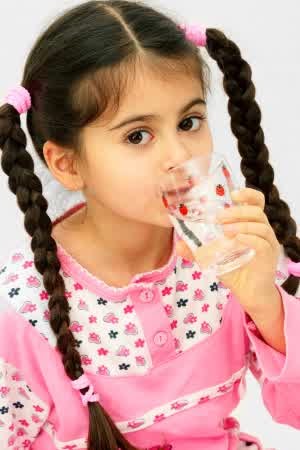
“The actions of parents largely depend on the severity and age: where to turn for help. If the child is sick every hour, and he complains of severe pain in the abdomen, then you need to call an ambulance to take him to the hospital, where they will determine the cause of the pain. In all other cases, you need to call a doctor,” emphasizes Daria Zakharova.
In children older than five years, the infection is usually milder, so you can help them on your own.
“You need to start with drinking plenty of fluids to make up for the lack of fluid - what the child loses with vomiting and diarrhea,” says Elena Kolganova. There are special formulas for calculating, but usually 50-100 ml of water per kg of body weight per day is required, i.e. if a child weighs 30 kg, then with a rotavirus infection, he will need from 1.5 to 3 liters of fluid per day. It is better to use a special pharmacy solution: for children, it should contain a minimum of salt and sugar.
It is necessary to water the child often and a little bit - 10-15 times an hour for 2-3 sips.
What threatens rotavirus without treatment
From diarrhea and vomiting, the body loses a lot of water along with sodium, potassium, magnesium and other electrolytes. This leads to disruption of the lungs - the child begins to breathe often and shallowly, the heart and blood vessels - the heartbeat quickens, blood pressure decreases, and the brain - dizziness and headache, weakness appear.
In infants, rotavirus infection is most dangerous because large amounts of fluid and electrolyte loss can result in convulsions or loss of consciousness. It is very important to immediately call an ambulance at the first signs of an intestinal infection in infants.
How to help the body recover
“There used to be an opinion that dairy products should not be consumed with rotavirus infection,” says Elena Kolganova.
- Now scientists have revised their opinion on this matter: if a child is breast-fed or formula-fed, then nothing needs to be changed. For adult children, it is advisable to remove fresh fruits and vegetables, as they increase peristalsis and fermentation processes in the intestines.
If the child has a temperature above 38.5 ºС, you can give him antipyretics, and in case of severe pain - antispasmodics. You should not give painkillers - this will mask the symptoms and it will be difficult for the doctor to make a diagnosis. You can’t wash the child’s stomach - this will increase vomiting and lead to extreme dehydration - loss of consciousness, convulsions.
“Treatment of uncomplicated rotavirus infection is symptomatic: the main thing is drinking plenty of fluids. Vomiting and loose stools usually go away on their own. However, taking probiotics can speed up the recovery process, their administration is safe and quite effective,” says Daria Zakharova.

A disease is always easier to prevent than to cure - follow the rules of personal hygiene and teach children to do this, wash fruits and vegetables and do not drink tap water.
Doctors named the main symptoms of coronavirus in children - RBC
adv.rbc.ru
adv.rbc.ru
adv.rbc.ru
Hide banners
What is your location ?
YesChoose other
Categories
Euro exchange rate on November 26
EUR CB: 62.88 (+0.09) Investments, 16:30
Dollar exchange rate on November 26
USD CB: 60. 48 (+0.09) Investments, 16:30
48 (+0.09) Investments, 16:30
Bloomberg learned about the postponement of the discussion of the price ceiling in the EU because of Poland Politics, 22:57
Not a single diet: how to tidy up the figure with hardware cosmetology RBC and Virsavia, 22:54
The Foreign Ministry said they were not going to recognize Ukraine as a terrorist country Politics, 22:31
adv.rbc.ru
adv.rbc.ru
Where to find a developing environment for a child in Moscow RBC and AFI Park Vorontsovsky, 22:28
Kuleba demanded to prove that the missiles that fell in Poland were Ukrainian Politics, 22:17
Intelligence 2.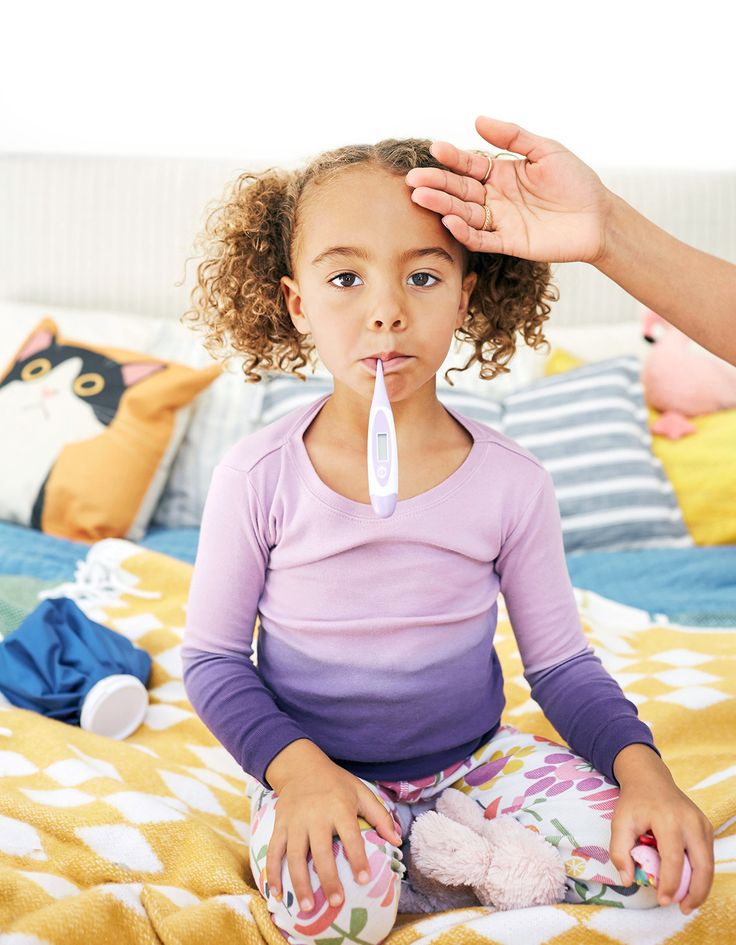 0: how to cultivate a craving for beauty RBC and GALS, 22:11
0: how to cultivate a craving for beauty RBC and GALS, 22:11
England - USA. The central match of group B at the World Cup Sports, 22:00
The biggest discounts of the year
Up to 55% discounts for RBC Pro subscription. Access to all materials
Subscribe
ESG Quick Guide to Asia and the Middle East RBC and Sber, 21:56
The global economic slowdown forecast reminded Deripaska of dinosaurs Economy, 21:55
The head of the Kherson government returned to work in Kaliningrad Politics, 21:53
Putin responded to a request to ease the system of examination of the wounded Politics, 21:40
Traditions of respectable classics: which real estate emphasizes the status RBC and Amaranth, 21:32
Dutch draw and van Gaal's record. What happens at the World Cup in Qatar Sport, 21:30
What happens at the World Cup in Qatar Sport, 21:30
The EC announced the creation of an energy fund in Poland to help Ukraine Politics, 21:26
adv.rbc.ru
adv.rbc.ru
adv.rbc.ru
Deposit "Stable"
Your income
0 ₽
Rate
0%
More
VTB Bank (PJSC). Advertising. 0+
Advertising. 0+
Photo: John Moore / Getty Images
The main symptoms of COVID-19 in children are fever, diarrhea and vomiting. This is stated in a study of a group of pediatricians conducted in four hospitals in Western China. His results are published in Plos Medicine.
According to the study, fever or fever occurs in 76% of children infected with coronavirus. In 62% of infected children, a severe cough was also recorded, and another 12% had diarrhea and vomiting. Lung problems in juveniles appear in the later stages of the disease, the analysis suggests.
During the study, pediatricians examined 34 children aged from one month to 12 years. The analysis was carried out in the period from January 27 to February 23 of the current year. All patients in the current study had mild (18%) or moderate (82%) COVID-19.
adv.rbc.ru
adv.rbc.ru
Earlier, in April, Rospotrebnadzor reported that children tolerate coronavirus infection more easily than adults.
